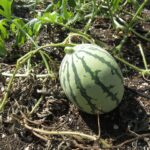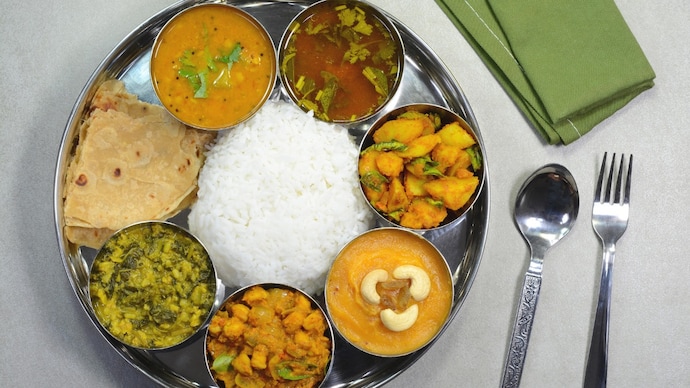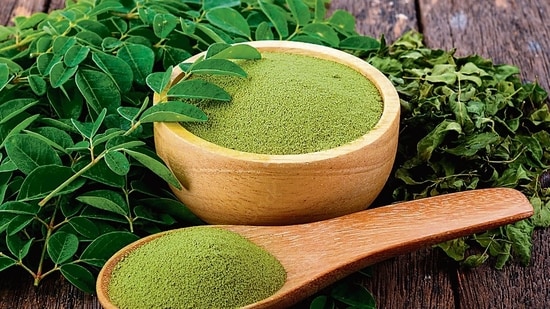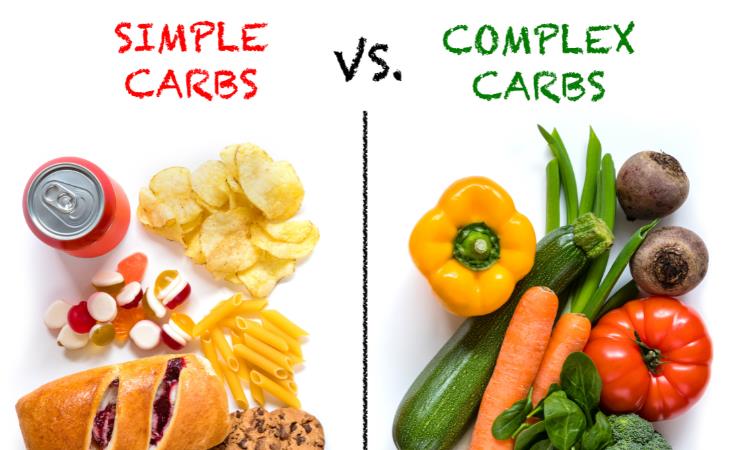Most of us end up eating a lot more sodium
than we should. Yes, sodium is an essential nutrient and our body does
need a little bit of salt every day to function properly. However, too
much salt is harmful to the body, as excessive salt consumption is
linked to the development of high blood pressure, heart disease, and
stroke.
Reducing sodium in your everyday diet can definitely help keep your
blood pressure stable. Thankfully, you can easily cut down on your
sodium intake, and you don’t even have to make lots of diet changes. The
fact is, we can easily get around 75% of our daily salt intake from
everyday foods like soups, tomato sauce, breakfast cereal, and canned
goods. So you don’t necessarily need to add salt to your food just out
of habit. Some foods even taste better without it.
If you’re looking for ways to cut down on your sodium intake, these tips
will help.
1. Understand your sodium limit
Before you decided to cut back on your salt
intake, it’s important to know what your optimal sodium intake should
be. According to the American Heart Association, an ideal limit of
sodium should be no more than 2,300 mg per day for most healthy adults.
For people with high blood pressure, the recommended limit is 1,500 mg a
day.
1 teaspoon of salt contains 2,300 mg of
sodium. Keep this in mind as you plan your daily meals, and make sure
that you’re not eating too much sodium by unnecessarily adding salt to
your foods.
2. Shop for low sodium foods
Be smart when you are shopping. Sodium is
present in almost all the processed and prepared foods we buy. So, look
for low-sodium foods instead of items that are high in sodium.
The foods you should avoid on a low-sodium diet include-
Sauces, condiments and dressings
Instant foods such as flavored rice or noodles
Deli meat, fish, or poultry – like bacon, cold cuts, ham, frankfurters, sausage, and sardines.
Canned beans with added salt
Any fresh fruits or vegetables like apples, oranges, or bananas, and spinach, carrots, or broccoli.
Instead of processed foods, choose foods
high in protein like fresh or frozen fish or shellfish, chicken or
turkey breast without skin or marinade, dried beans and peas, or eggs.
An important thing to keep in mind while
grocery shopping is to compare nutrition labels on food packaging and
checking the amount of sodium in foods. Read labels carefully and opt
for low-sodium products. Watch out for the words “soda,” “sodium,” and
the symbol “Na” on food labels. These labels indicate that a product
contains sodium compounds. Look for foods labeled “low sodium,” “reduced
sodium,” or “no salt added.”
3. Add more potassium to your diet
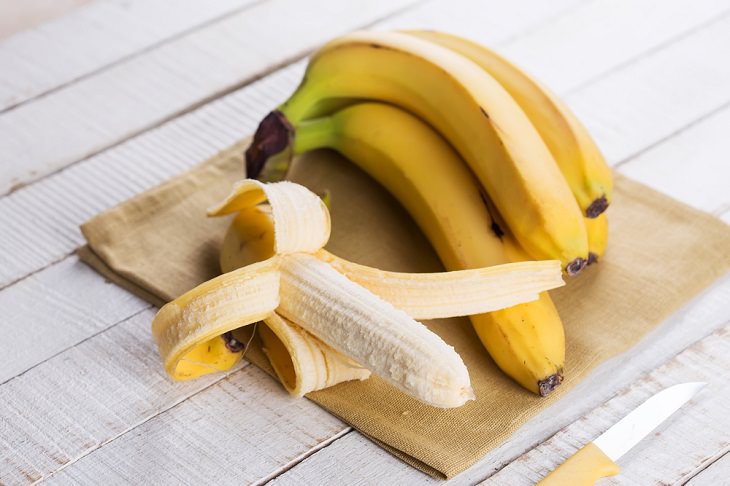
Add more potassium to your diet. Eating
foods with potassium is known to help lower blood pressure. The American
Heart Association says that “the more potassium you eat, the more
sodium you lose through urine.” They also point out that potassium helps
ease tension in your blood vessel walls, which helps lower the blood
pressure even further.
Some good sources of potassium are potatoes, cantaloupes, bananas,
beans, milk, and yogurt. Apricots, avocados, fat-free yogurt, mushrooms,
peas, and oranges are other examples of potassium-rich foods. The
recommended potassium intake for a healthy adult is 3,500–4,700 mg
daily.
Bear in mind, though, that patients with kidney disorders should first
consult their doctor before adding potassium-rich foods to their diet.
When someone is suffering from kidney disease, their kidneys cannot
properly remove extra potassium, and too much potassium can then stay in
the blood, which can be dangerous.
keep an eye on the salt content in the foods we are served, but we
definitely should because restaurant food is often high in sodium. Here
are a few helpful tips:
Before you order your meal, ask if there
are any low-sodium dishes on the menu.
* While ordering food, be very specific about the way you want it to be
prepared and let the server know that you don’t want any extra salt
added to your meal.
* Don’t use the salt shaker. Resist the temptation, even if you feel
that the food is low in salt.
* Instead of salt, add fresh lemon juice. It’s a much healthier
alternative anyway
This is perhaps an obvious tip, but not
necessarily the easiest one to follow. Many of us are used to adding
generous amounts of salt when we cook, but you must learn to resist that
urge. First of all, take the salt shaker off your table and start using
healthy salt alternatives.
* Try black pepper on pasta, scrambled eggs, or pizza.
* Fresh herbs and spices like ginger or garlic are also a great option
for adding to vegetables and meat.
* Choose some delicious salt-free seasoning alternatives like dry
mustard, lemon juice, cumin, green pepper, or bay leaf.
* If you depend a lot on canned foods, make sure you rinse them well
before eating or cooking. That should wash away some of the salt.
If you have kidney disease, consult with your doctor about the ideal
salt substitute for you.
Remember that if you are used to having a lot of salt in your foods, it
will take time for your taste buds to adjust to a low-sodium diet. But
don’t give up. Once you have adjusted to this diet, you will realize how
healthy it is to be consuming less salt every day, and you won’t be
tempted to go back to sodium-rich foods ever again.


